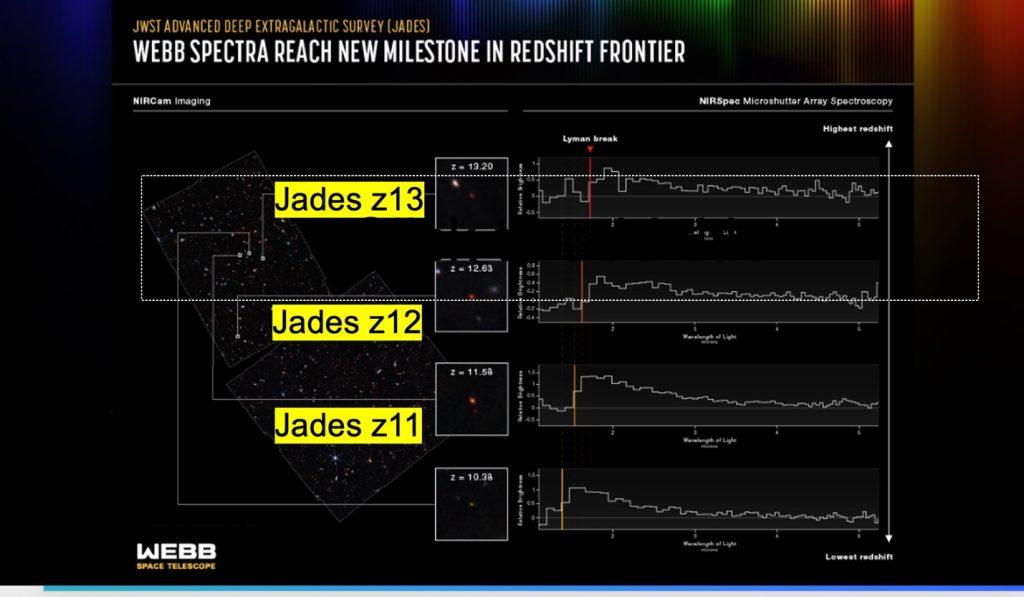
The first stars to form in the history of the Universe may be Dark Stars, powered by dark matter heating rather than by nuclear fusion — an idea I proposed with Spolyar and Gondolo in 2007. Dark matter is the predominant mass in the universe and may play an important role in the first stars, which formed 200 million years after the Big Bang. Dark Matter particles which are their own antimatter can collect inside the first stars and annihilate to produce a heat source that powers the stars. A new stellar phase results, a Dark Star, which lasts as long as there is dark matter fuel, with lifetimes from millions to billions of years. Dark Stars, while made primarily of hydrogen and helium, are powered by dark matter. They are very bright diffuse puffy objects and grow to be very massive. Some Dark Stars can become ten million times as massive as the Sun and ten billion times as bright. These Supermassive Dark Stars can help to solve “the Big Black Hole Problem.” Once the dark matter fuel is exhausted, the stars collapse to form black holes that can seed the even larger supermassive black holes observed at early times as well as in galaxies today.
One Supermassive Dark Star can be as bright as an entire early galaxy of smaller stars. The James Webb Space Telescope, which launched in 2021, can see back to the early times where Dark Stars would have existed, and may have already discovered them! In work with Ilie and Paulin (in my inaugural paper in the Proceedings of the National Academy of Sciences), I showed that some of the early objects seen by JWST are good fits to Supermassive Dark Stars. We don’t know yet, whether these existing candidates are Dark Stars or early galaxies. Over the next several years, JWST data will find many more objects from early times and will have exciting discovery potential for Dark Stars. I also plan to investigate other signals from Dark Stars, including gravitational waves. The discovery of a new type of star would be tremendous and in the process teach us about the nature of dark matter.
